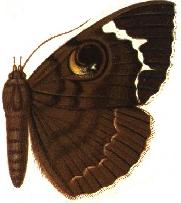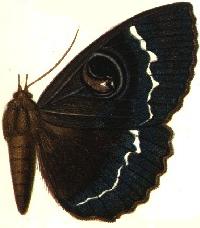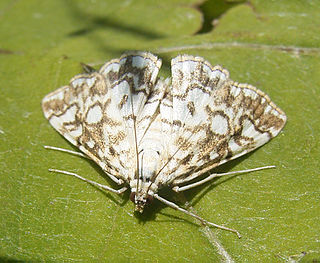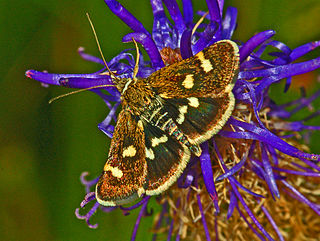
Mount Erebus is the second-highest volcano in Antarctica, the highest active volcano in Antarctica, and the southernmost active volcano on Earth. It is the sixth-highest ultra mountain on an island, and the second-highest in Antarctica. With a summit elevation of 3,794 metres (12,448 ft), it is located in the Ross Dependency on Ross Island, which is also home to three inactive volcanoes: Mount Terror, Mount Bird, and Mount Terra Nova.

HMS Erebus was a Hecla-class bomb vessel constructed by the Royal Navy in Pembroke dockyard, Wales, in 1826. The vessel was the second in the Royal Navy named after Erebus, the personification of darkness in Greek mythology.

HMS Erebus was a First World War monitor launched on 19 June 1916 and which served in both world wars. She and her sister ship Terror are known as the Erebus class. They were named after the two bomb vessels sent to investigate the Northwest Passage as part of Franklin's lost expedition (1845–1848), in which all 129 members eventually perished.

The Erebus class of warships was a class of 20th century Royal Navy monitors armed with a main battery of two 15-inch /42 Mk 1 guns in a single turret. It consisted of two vessels, Erebus and Terror, named after the two ships lost in the Franklin Expedition. Both were launched in 1916 and saw active service in World War I off the Belgian coast. After being placed in reserve between the wars, they served in World War II, with Terror being lost in 1941 and Erebus surviving to be scrapped in 1946.

Erebus is a genus of moths in the family Erebidae.
Monosyntaxis is a genus of moths in the family Erebidae. The genus was erected by Swinhoe in 1901.

Eoophyla is a genus of moths of the family Crambidae. It was erected by Charles Swinhoe in 1900.

Herpetogramma is a genus of moths in the family Crambidae described by Julius Lederer in 1863. It currently comprises 106 species that are found in North America, Eurasia, Australia, New Zealand, Central and South America. Of the few species where host plants are known, the larvae mostly feed on grasses.

Mimeusemia is a genus of moths of the family Noctuidae first described by Arthur Gardiner Butler in 1875. Species are found in Japan, India, Sri Lanka and Myanmar.

Euproctis is a genus of tussock moths in the family Erebidae described by Jacob Hübner in 1819. Species are cosmopolitan, widespread throughout Palearctic, African, Oriental and Australian regions. Molecular phylogenetic studies indicate that the genus as presently understood comprises a large number of unrelated lineages, only a few of which have names, and is therefore in serious need of revision.

Pingasa is a genus of moths in the family Geometridae first described by Frederic Moore in 1887.

Semiothisa is a genus of moths in the family Geometridae. It was erected by Jacob Hübner in 1818.

Erebus aerosa is a moth of the family Erebidae first described by Charles Swinhoe in 1900. It is found in Indonesia.

Erebus jaintiana is a moth of the family Erebidae first described by Charles Swinhoe in 1896. It is found in the Indian state of Meghalaya and in Vietnam.

Erebus superba is a moth of the family Erebidae first described by Charles Swinhoe in 1908. It is found in the Indian state of Meghalaya and in Nepal.

Theretra is a genus of moths in the family Sphingidae. The genus was established by Jacob Hübner in 1819.

Acentropinae is a fairly small subfamily of the lepidopteran family Crambidae, the crambid snout moths. Species of this subfamily are exclusively found in wetlands and aquatic habitats.

Odontiinae is a subfamily of moths of the family Crambidae. The subfamily was described by Achille Guenée in 1854.
Erebus sumbana is a moth of the family Erebidae first described by Charles Swinhoe in 1918. It is found on the Indonesian islands of Seram and Sumba and the Philippine island of Luzon.
Erebus ipsa is a moth of the family Erebidae first described by Charles Swinhoe in 1918. It is found in Sri Lanka.












